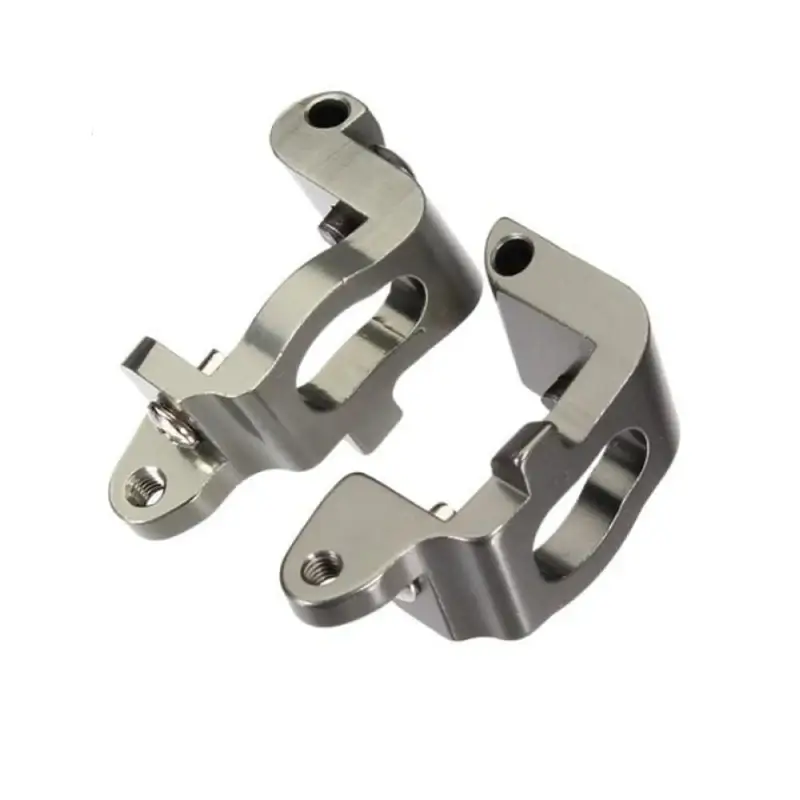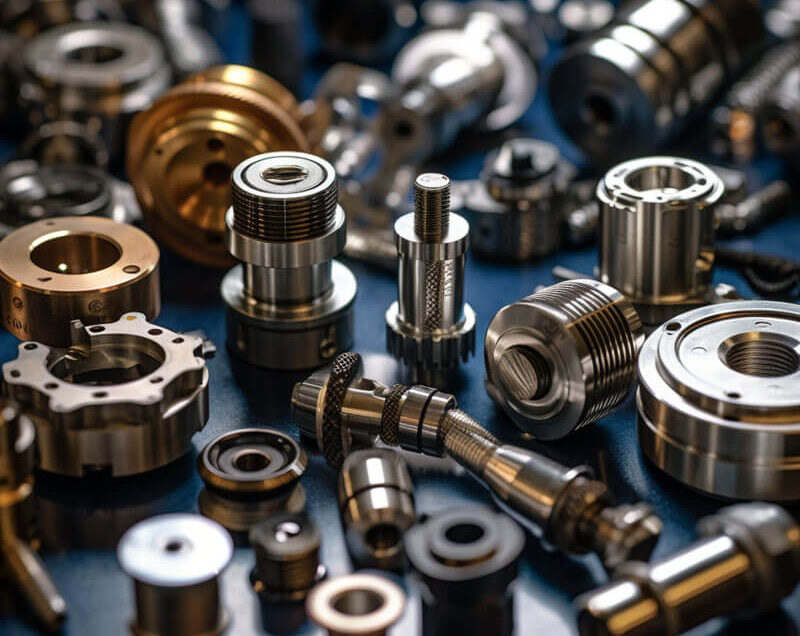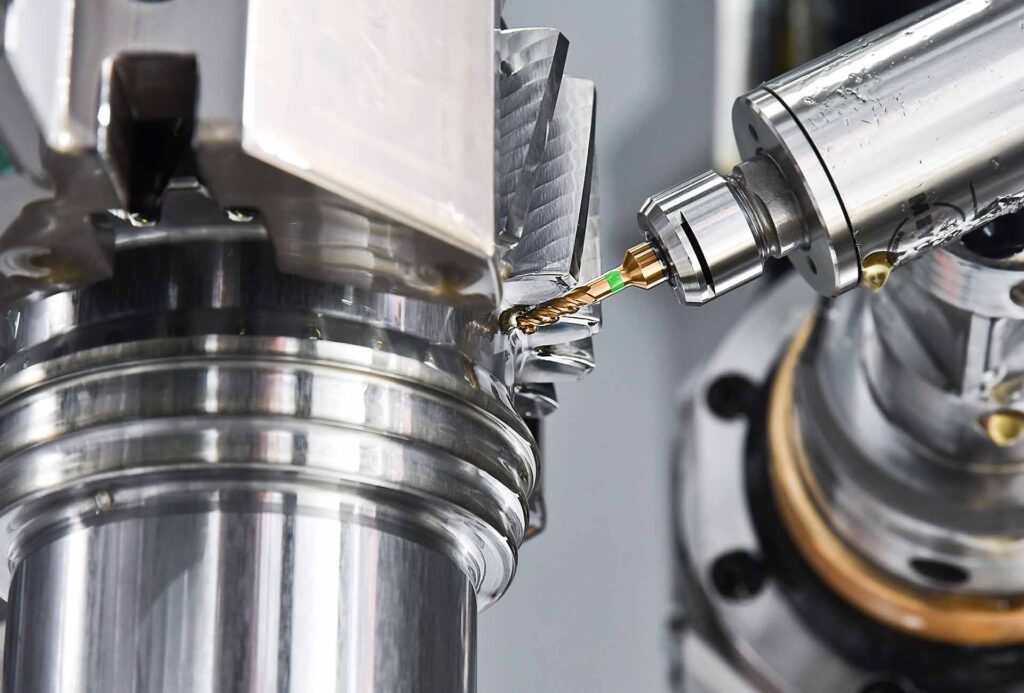Introduction to Small Batch CNC Machining
In today’s fast-paced manufacturing industry, companies are constantly seeking efficient and cost-effective solutions to meet their production needs. Low-volume CNC machining has become a popular method for producing limited quantities of customized parts and components. For example, arc welding machine parts, arcade game machine parts, and arcade machine spare parts.
This article aims to provide a comprehensive guide to low-volume CNC machining, exploring its benefits, considerations, and practical applications of parts such as arc welding machine parts, arcade game machine parts, and arcade machine spare parts.

Small batch CNC machining, also known as computer numerical control machining, is a manufacturing process that utilizes computerized controls to operate machine tools. This technology allows for precise and accurate production of complex parts with minimal human intervention. Unlike traditional machining methods, which rely on manual labor and are time-consuming, CNC machining offers a streamlined and automated approach.
One of the key advantages of small batch CNC machining is its ability to produce tailored manufacturing solutions. With CNC machines, manufacturers can easily create prototypes, one-off parts, or small batches of products according to specific design requirements. This flexibility allows businesses to respond quickly to market demands, reduce lead times, and minimize inventory costs.
The applications for low-volume CNC machining are wide and varied. It is commonly used in industries such as aerospace, automotive, electronics, medical and consumer goods. Because CNC machines can produce complex components such as gears, shafts, brackets and housings with high precision and repeatability, this makes them ideal for industries that require complex and customized parts.

When considering small batch CNC machining, there are several factors to take into account. First and foremost is the design of the part or component. CNC machines operate based on digital instructions, so the design must be created using computer-aided design (CAD) software. The design should be optimized for CNC machining, taking into consideration factors such as material selection, tooling, and machining tolerances.
Material selection is another crucial consideration in small batch CNC machining. Different materials have varying properties and machining characteristics. Common materials used in CNC machining include metals like aluminum, steel, and titanium, as well as plastics such as ABS and nylon. The choice of material depends on factors such as strength, durability, weight, and cost.
Another important consideration is the choice of CNC machine. There are various types of CNC machines available, each with its own capabilities and limitations. Some common types include milling machines, lathes, and routers. The selection of the appropriate machine depends on factors such as the size and complexity of the part, the required precision, and the desired production volume.

In conclusion, small batch CNC machining offers tailored manufacturing solutions for businesses seeking efficient and cost-effective production methods. Its ability to produce customized parts with precision and accuracy makes it a valuable tool in various industries. However, careful consideration must be given to factors such as design, material selection, and machine choice to ensure optimal results. In the following sections, we will delve deeper into the process of small batch CNC machining, exploring its workflow, advantages, and challenges. Stay tuned for more insights into this innovative manufacturing technique.
